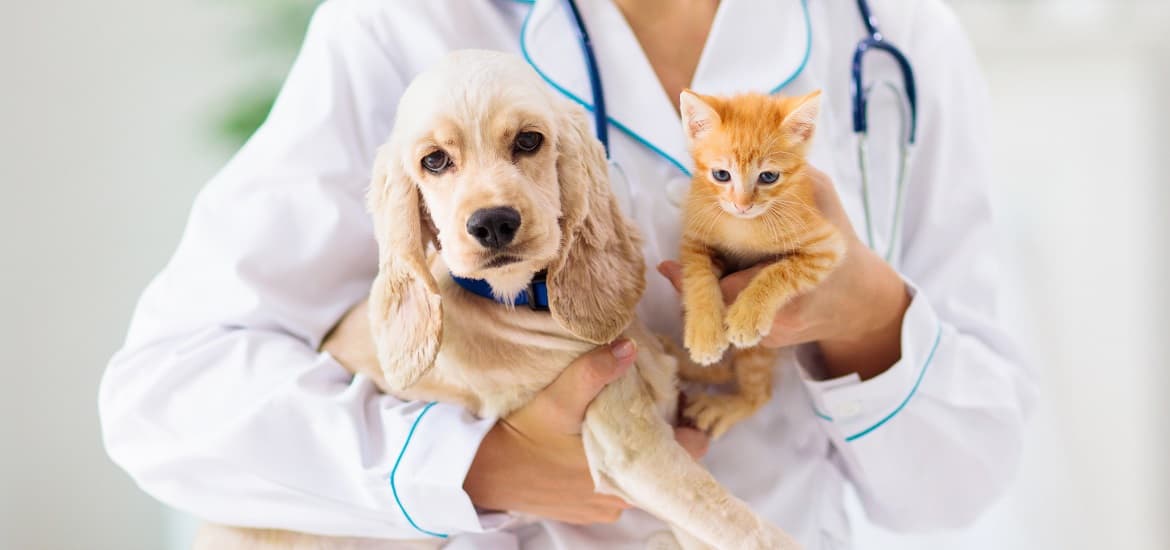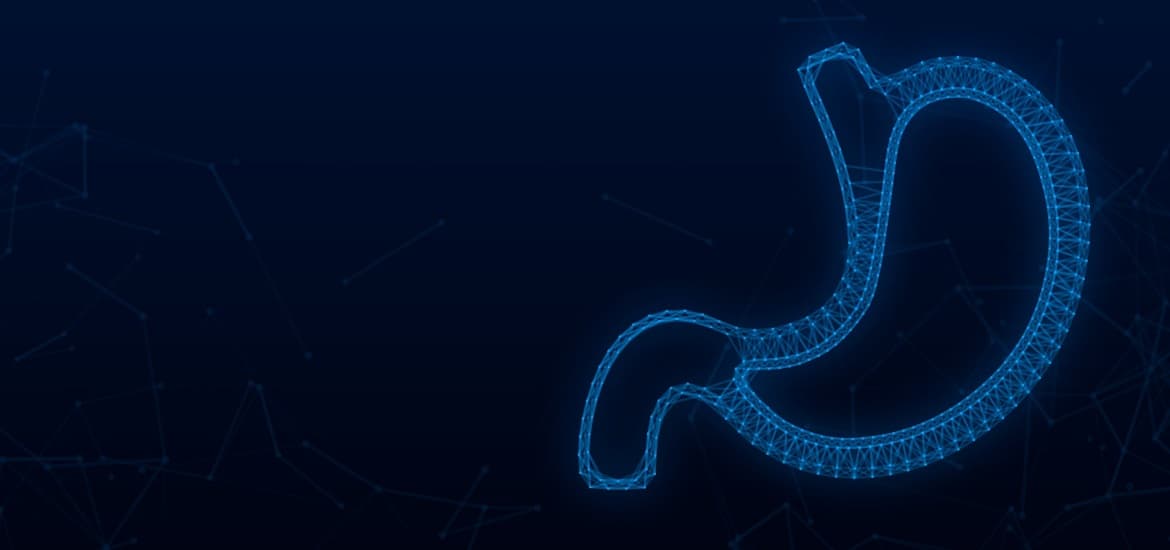Dec 28, 2021, 1:37 PM

Before we get started and go on and on about endoscopy, let's define endoscopy for the uninitiated. Endoscopy is a technology that allows you to check your internal organs and body parts without undergoing surgery (invasive surgery). It has been around since the 1800s when optical lenses were first utilized in devices, and endoscopy was developed. Endoscopy can be done with rigid or flexible fiberoptic equipment. Karl Storz's endoscopy can be used to examine the stomach in various ways. It consists of a flexible and lengthy insertion tube, an eyepiece, and a control panel or section. A control knob in the handpiece is used to manipulate the endoscope's tip. Apart from the light source channel, two others are within the endoscope. Fluids, suction, endoscopic tools to be passed, or samples to be obtained are all passed through one of the channels—the other permits water or air to travel through the intestines or stomach, washing the mucus away.
Different Types of Storz Veterinary Endoscopy Products
Otoscope
The ear canal and eardrum are examined with a veterinary otoscope. A comprehensive examination can detect ear infections, excessive earwax, or an object lodged in the ear canal.
Hopkins Forward Oblique Telescope
A user-friendly endoscope that veterinarians who specialize in tiny animal species favor. Its optical architecture gives higher-quality images to specialists, making details simpler to see.
Silver Scope Veterinary Video Endoscope
Veterinarians who specialize in both small and large animals would love this. Silver Scope was created by combining the most up-to-date Karl Storz medical expertise, long-term durability, and ergonomic design.
When Using Endoscope Consider the following
- When performing endoscopy, it is necessary to anesthetize the patient.
Endoscopy should be preceded by adequate laboratory testing and radiology. - The blood work is required to indicate the patient is healthy enough to withstand the anesthesia.
- General anesthesia with tracheal intubation is recommended.
A mouth gag is used to prevent damage to the endoscope or the patient's teeth. - When endoscopy is used as a diagnostic procedure, multiple biopsies of the gastrointestinal system should be collected. When tissue is studied anatomically, it may appear normal on the surface but contain pathology.
- Many major bowel disorders or widespread intestinal diseases, such as inflammatory bowel disease or diffuse intestinal lymphosarcoma, can be diagnosed using colonoscopy.

Benefits of Endoscopy
- Endoscopy for the digestive system is non-surgical, which is one of the main advantages.
- The ability to visualize what is happening inside the organs and collect samples, including biopsies, is the second-best advantage of endoscopy.
- Endoscopy can be used to remove any foreign bodies from the esophagus and stomach.
- Endoscopic exam-related complications are uncommon.
